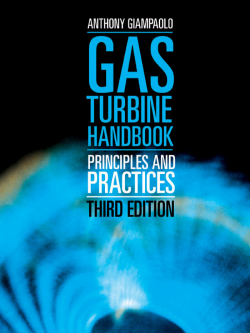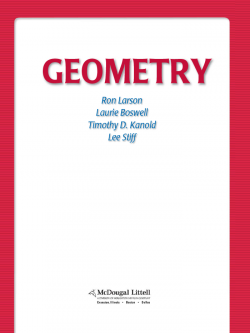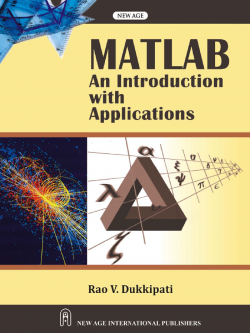The purpose of this fifth edition is again to provide an introductory approach to the finite element method that can be understood by both undergraduate and graduate students without the usual prerequisites (such as structural analysis and upper level calculus) required by many available texts in this area. The book is written primarily as a basic learning tool for the undergraduate student in civil and mechanical engineering whose main interest is in stress analysis and heat transfer, although new material on electrical networks and electrostatics has been included in this edition that should be of interest to the electrical engineer as well. The concepts are presented in sufficiently simple form with numerous example problems logically placed throughout the book, so that the book serves as a valuable learning aid for students with other backgrounds, as well as for practicing engineers. The text is geared toward those who want to apply the finite element method to solve practical physical problems. General principles are presented for each topic, followed by traditional applications of these principles, which are in turn followed by computer applications where relevant. This approach is taken to illustrate concepts used for computer analysis of large-scale problems.
The book proceeds from basic to advanced topics and can be suitably used in a two-course sequence. Topics include basic treatments of (1) simple springs and bars, leading to two- and three-dimensional truss analysis; (2) beam bending, leading to plane frame, grid and space frame analysis; (3) elementary plane stress/strain elements, leading to more advanced plane stress/strain elements and applications to more complex plane stress/strain analysis; (4) axisymmetric stress analysis; (5) isoparametric formulation of the finite element method; (6) three-dimensional stress analysis; (7) plate bending analysis; (8) heat transfer and fluid mass transport; (9) basic fluid flow through porous media and around solid bodies, hydraulic networks, electrical networks, and electrostatics analysis; (10) thermal stress analysis; and (11) time-dependent stress and heat transfer.
Additional features include how to handle inclined or skewed supports, beam element with a nodal hinge, the concept of substructure analysis, the patch test, and practical considerations in modeling and interpreting results. The direct approach, the principle of minimum potential energy, and Galerkin’s residual method are introduced at various stages, as required, to develop the equations needed for analysis. Appendices provide material on the following topics: (A) basic matrix algebra used throughout the text; (B) solution methods for simultaneous equations; (C) basic theory of elasticity; (D) work-equivalent nodal forces; (E) the principle of virtual work; and (F) properties of structural steel shapes. More than 100 solved examples appear throughout the text. Most of these examples are solved ‘‘longhand’’ to illustrate the concepts. More than 560 end-of-chapter problems are provided to reinforce concepts. The answers to many problems are included in the back of the book to aid those wanting to verify their work. Those end-ofchapter problems to be solved using a computer program are marked with a computer symbol.
New features of this edition include updated standard notation used by most engineering instructors, chapter objectives at the start of each chapter to inform students about what is included in each chapter, summary equations for handy use at the end of each chapter, additional information on modeling, more comparisons of finite element solutions to analytical solutions, and numerous solid model- type examples and problems for solution. Also new to this edition is material on hydraulic networks, electrical networks, and electrostatics. Over 60 new problems for solution have been included, and additional design-type problems have been added to chapters 3, 5, 7, 11, and 12. Additional real-world applications from industry have been added. As in the 4th edition, this edition deliberately leaves out consideration of special purpose computer programs and suggests that instructors choose a program they are familiar with to integrate into their finite element course. To access additional course materials, please visit www.cengagebrain.com. At the cengagebrain.com home page, search for the ISBN of your title (from the back cover of your book) using the search box at the top of the page. This will take you to the product page where an Instructor’s Solutions Manual and PowerPoint slides can be found. Following is an outline of suggested topics for a first course (approximately 44 lectures, 50 minutes each) in which this textbook is used.
A First Course in the Finite Element Method – 5th Edition
Daryl L. Logan is Professor of Mechanical Engineering at the University of Wisconsin-Platteville. He received his Ph.D. in 1972 from the University of Illinois — Chicago. He has been a member of the American Society of Mechanical Engineers (ASME), Tau Beta Pi – National Honor Society, and the American Society for Engineering Education (ASEE). He holds a Professional Engineer’s License in the state of Indiana.
0 تومان
Product details
| Publisher | Cengage Learning |
|---|---|
| Language | English |
| ISBN | 9780495668251 |
| Released | 5th edition |
| Page Count | 976 |
.فقط مشتریانی که این محصول را خریداری کرده اند و وارد سیستم شده اند میتوانند برای این محصول دیدگاه(نظر) ارسال کنند.






نقد و بررسیها
هیچ دیدگاهی برای این محصول نوشته نشده است.